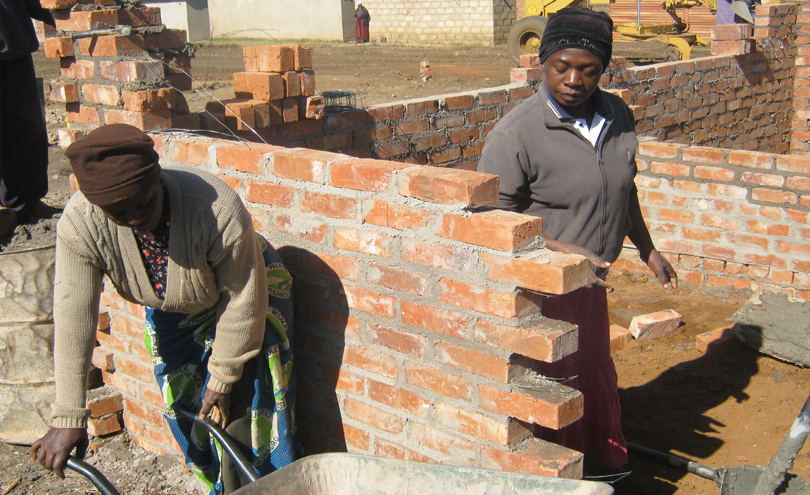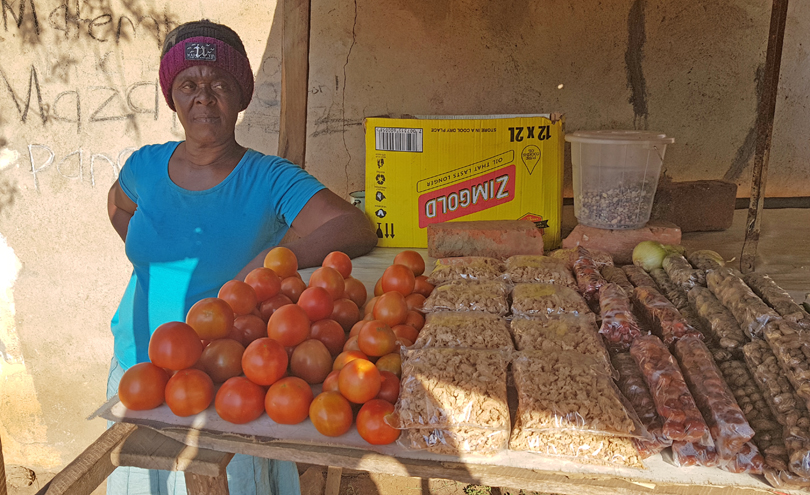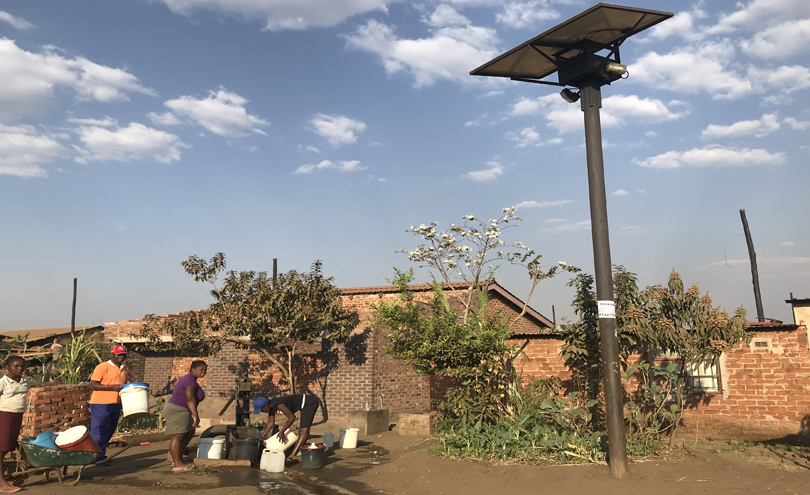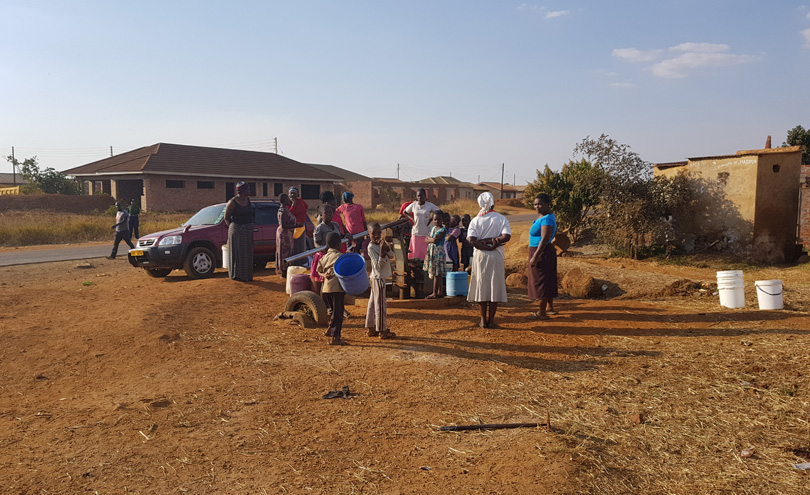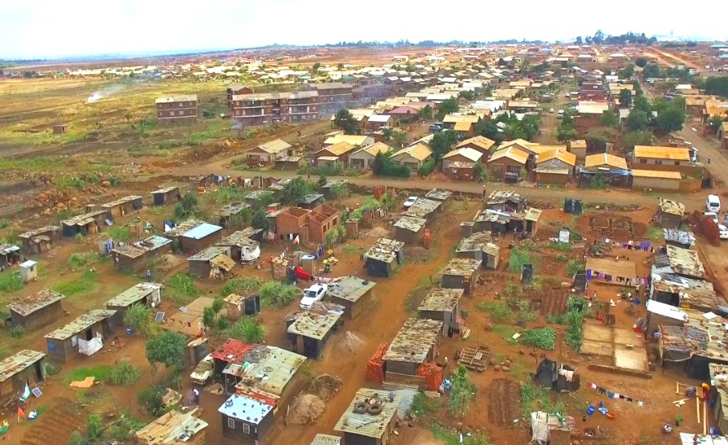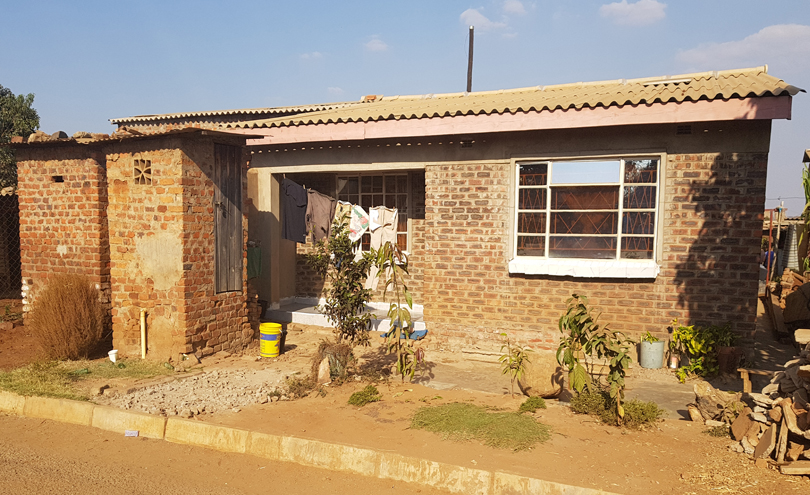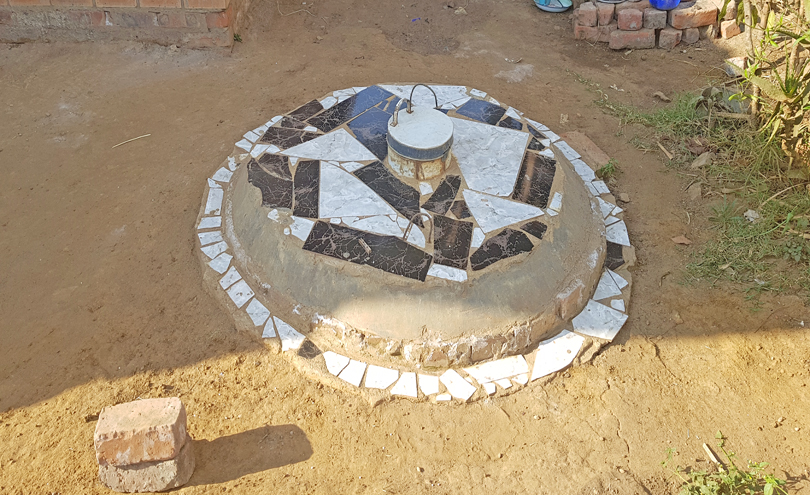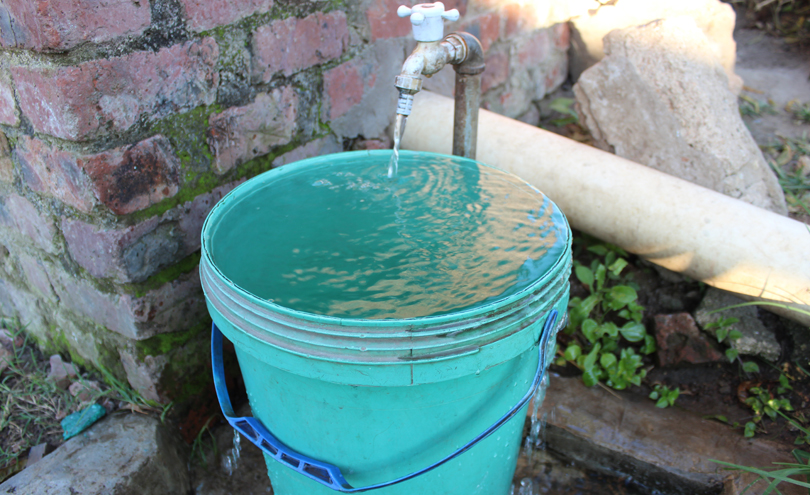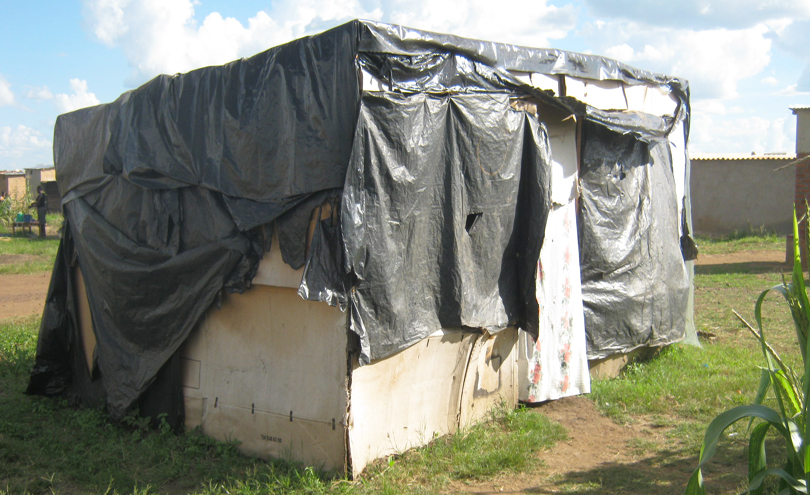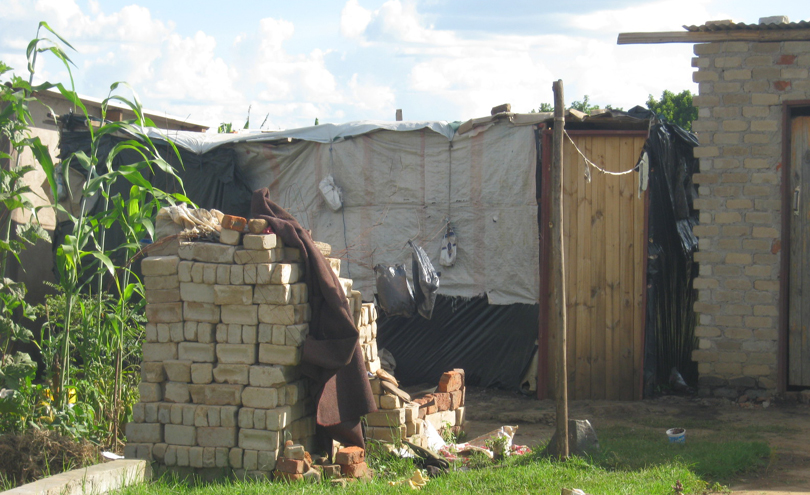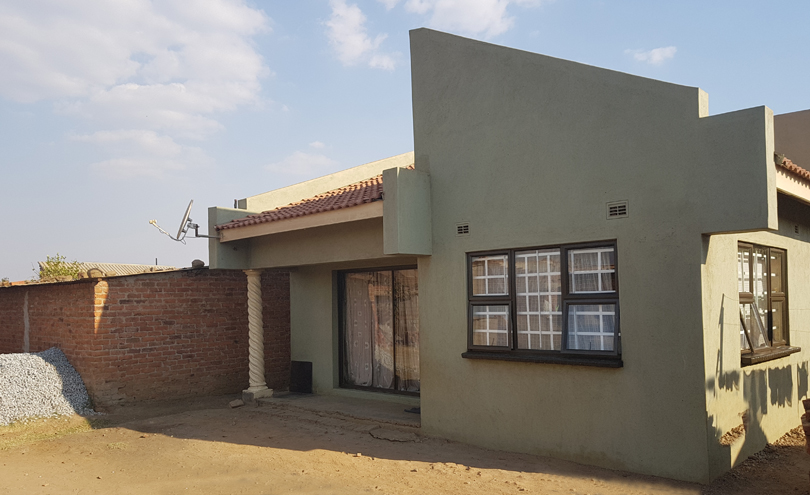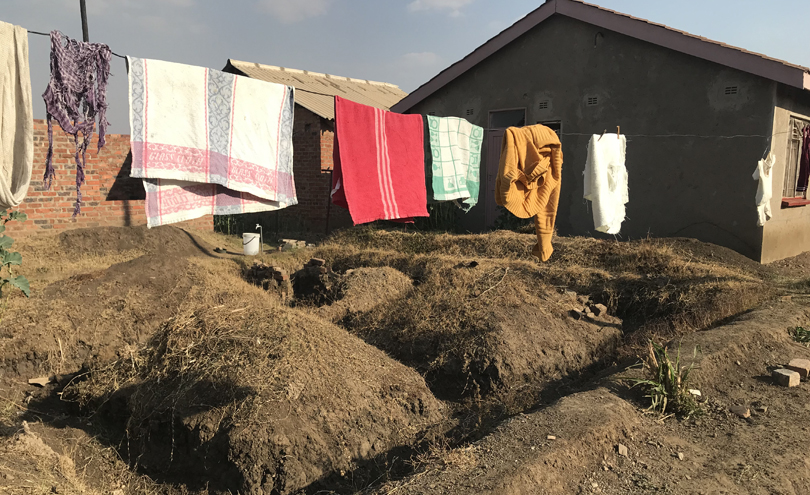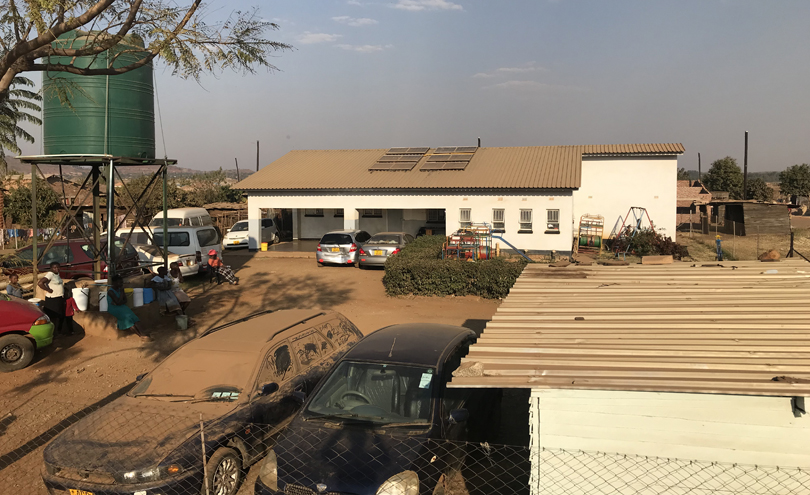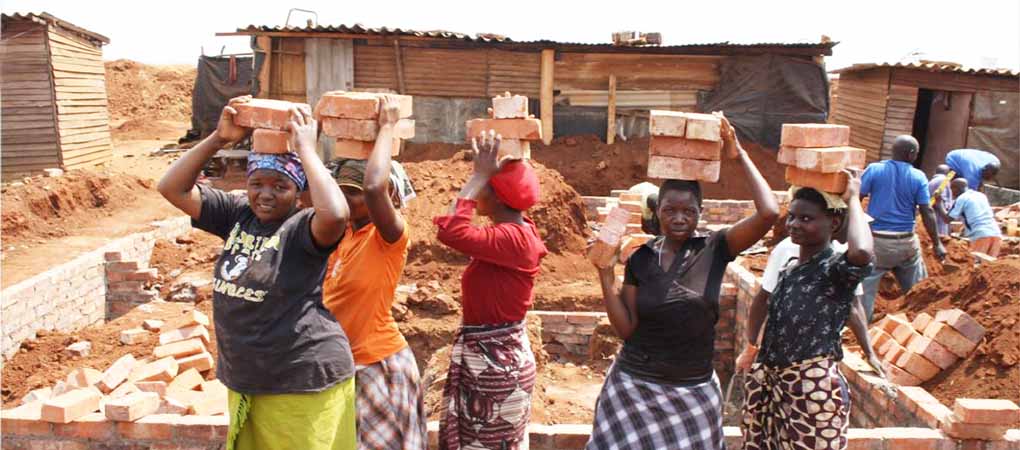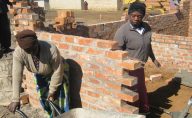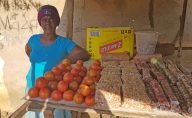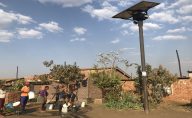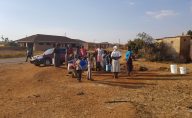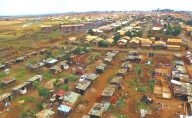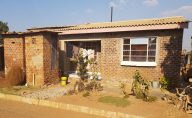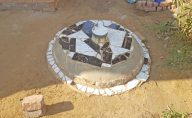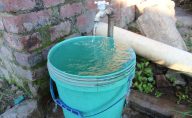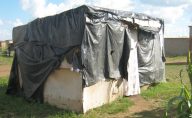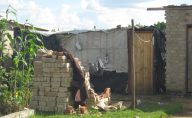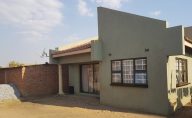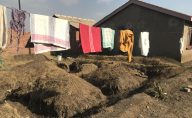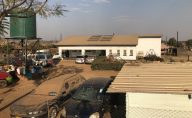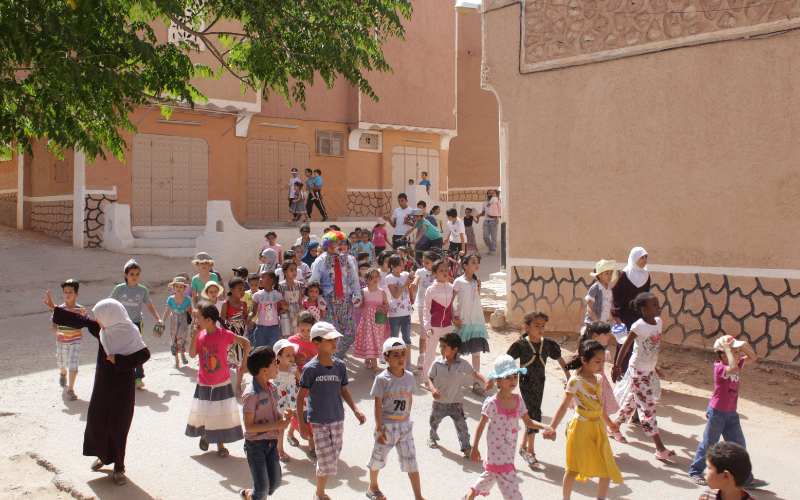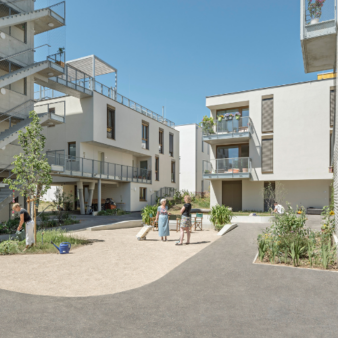Following independence in 1980, Zimbabwe experienced massive rural to urban migration, but a lack of housing development led to the rapid growth of slums across the nation’s major towns and cities. In 2005, the government initiated a nationwide slum clearance campaign, evicting thousands of people and demolishing their homes.
During this campaign, slum dwellers were moved into holding camps, including the Dzivarasekwa Extension camp in Harare, which lacked even basic services. Two years later, the government agreed to upgrade the settlement and allocated land so residents could continue to live there and avoid further eviction and relocation.
This move was followed in 2010 by the signing of a memorandum of understanding between Dialogue on Shelter for the Homeless in Zimbabwe Trust, Zimbabwe Homeless People’s Federation and the City of Harare, which focused on promoting city-wide slum upgrading. This provided the framework for a radical new approach in which the city authorities would collaborate with slum communities themselves to provide in-situ improvements.
Dzivarasekwa was chosen as the first settlement to be upgraded under the wider Harare Slum Upgrading Project (HSUP), due to the fact land had already been allocated to the Federation. Lessons learned from the Dzivarasekwa Extension Slum Upgrading Project would then be used to upgrade other slums across the city.
Work began in Dzivarasekwa in 2011 and now 408 families (around 2,050 residents) have secure land tenure, 336 homes have been built and 1,344 people have been housed. Sanitation has been improved with the installation of 29 eco-san toilets (replacing pit latrines) and a solar-powered water system, a community resource centre has been built and roads have been tarred.
Between 2012 and 2018, 71 other slums were mapped and profiled under the HSUP and upgrading initiatives have begun in nine other settlements in Harare using the model piloted in Dzivarasekwa.
The project in practice
The Dzivarasekwa project had three key aims: to improve living conditions for residents; to promote local government practices that encourage the inclusion of the urban poor; and to develop a model for the upgrading of other slums under the HSUP.
The organisations involved in delivering the HSUP have distinct roles. The alliance between Dialogue on Shelter for the Homeless in Zimbabwe Trust and the Zimbabwe Homeless People’s Federation is responsible for inventories and documentation, provision of labour and construction, and community mobilisation. The City of Harare is responsible for the installation of infrastructure, including roads, water and sewer systems, provision of technical expertise and supervision. A project management committee – which includes representatives from the community, the alliance and the City of Harare – oversees the upgrade project.
Community members were involved in every step of the Dzivarasekwa initiative to ensure improvements reflected residents’ priorities. They were involved in data collection, carrying out mapping and inventories, upgrading services and planning and building houses.
Three architectural designs for the new homes were developed through community consultations and visits to other sites. These were debated during community meetings until the members agreed to adopt a semi-detached design, which reduced construction costs (due to the shared walls). Residents helped to dig trenches and lay water and sewage pipes, while training for artisans under the project produced teams of plumbers and bricklayers who built the houses.
Housing beneficiaries were selected by members of the community-based saving schemes that make up the Zimbabwe Homeless People’s Federation. Selection was based on household employment status and income and typically prioritised child-led, elderly-led or women-led households. The average cost per 24 square metre house was $2,400 USD, which was paid for by the resident with a loan from the savings group.
The project also documented the challenges relating to housing delivery faced by low-income people. This helped partners and other stakeholders in the project identify regulations that hinder the delivery of low-income housing on the scale the city needs and make recommendations to the City of Harare.
Funding for the project came from the HSUP, which has raised $5 million USD, including $3.8 million USD contribution from the Bill and Melinda Gates Foundation and around $600,000 USD from community members themselves, through loans/payments for houses and money from savings groups.
The Harare Slum Upgrading Finance Facility (HSUFF) was developed as part of the Dzivarasekwa project to provide financial sustainability and extend the initiative to other settlements. HSUFF started in 2014 with an initial fund of $200,000 USD – $120,000 USD from the City of Harare, $50,000 from Dialogue on Shelter/Slum Dwellers International (SDI), and $30,000 USD from the Zimbabwe Homeless People’s Federation. In total, 355 loans have been issued to 110 groups for 550 households. These loans have funded income-generation projects, water and sanitation improvements, housing, and land acquisition.
Social and environmental impact
The project has improved the living conditions of thousands of low-income people in Dzivarasekwa through secure land tenure and improved housing and urban services. The community centre provides a space for meetings, early childhood development, and for young people to learn about ICT-based documentation of slum-upgrading initiatives.
Dzivarasekwa – and other slums – are now recognised as part of the city, and, therefore, its overarching development agenda. This integrates slum dwellers with the wider community and helps secure their right to housing and access to basic services. The project was also instrumental in the creation of the Harare Slum Upgrading Strategy in 2012 and, because of this, residents now know more about city processes, including their rights and obligations.
The project has set a precedent for positive engagement between local authorities and slum dwellers after decades of animosity, evictions and demolitions. The initiative highlights how genuine partnerships between local authorities and slum communities can become platforms from which pro-poor settlement initiatives can be implemented.
Environmentally-friendly energy solutions were included in the upgrading work in Dzivarasekwa. These included the installation of a solar-powered borehole, public solar lighting and solar lights for households. Thirty women were trained in solid waste management and some now work in recycling businesses. The introduction of eco-san toilets has helped to manage public health issues and further protect the environment by preventing the pollution of underground water sources through pit latrines, which were the main form of sanitation in Dzivarasekwa.
The future
Lessons learned from the Dzivarasekwa project are already being implemented in other HSUP initiatives across Harare and have even spread to other cities in Zimbabwe, such as Masvingo, where the city council has supported the building of 1,000 eco-san toilets.
The project faces some barriers to transfer, however, including a lack of political will within the City of Harare to implement the principles underlying the slum upgrading strategy, which has led to policy inconsistency. Zimbabwe’s cash crisis has also impacted the issuing and repayment of loans through the HSUFF. The fund is temporarily suspended in 2019 but still operating with a capital of around $200,000 USD, which continues to grow.
Despite these challenges, the ground-breaking partnership approach taken by the Dzivarasekwa project has changed attitudes towards slum upgrades and defined a new relationship between city authorities and the urban poor. The initiative has already transformed the living conditions of hundreds of vulnerable households, giving low-income people a voice and a stake in the future of their city.
View the full project summary here
